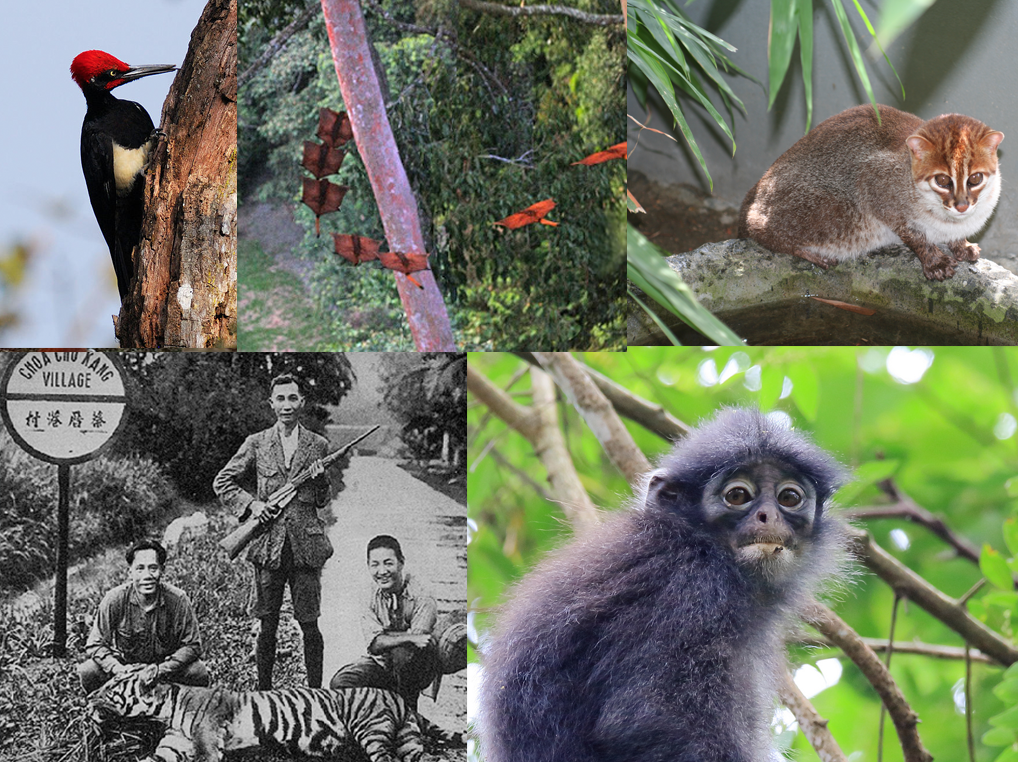You know the narrative by now: Raffles discovers Singapore, Singapore becomes busy British port, Singapore gains independence, Singapore becomes rich.
In less than 200 years, this tiny speck of an island transformed into one of the most convenient places in the world to live. We enjoy air-conditioning, relatively decent housing (albeit a little cramped), and relatively acceptable public transport (when it's not breaking down).
But there was a price to all this development – and Singapore's wildlife paid it.
Here are some Singaporeans that used to roam freely back in the days of ancient Temasek. You won't see them much in the wild now – habitat destruction, hunting, and urbanisation have taken care of that.
1. Flat-headed cat
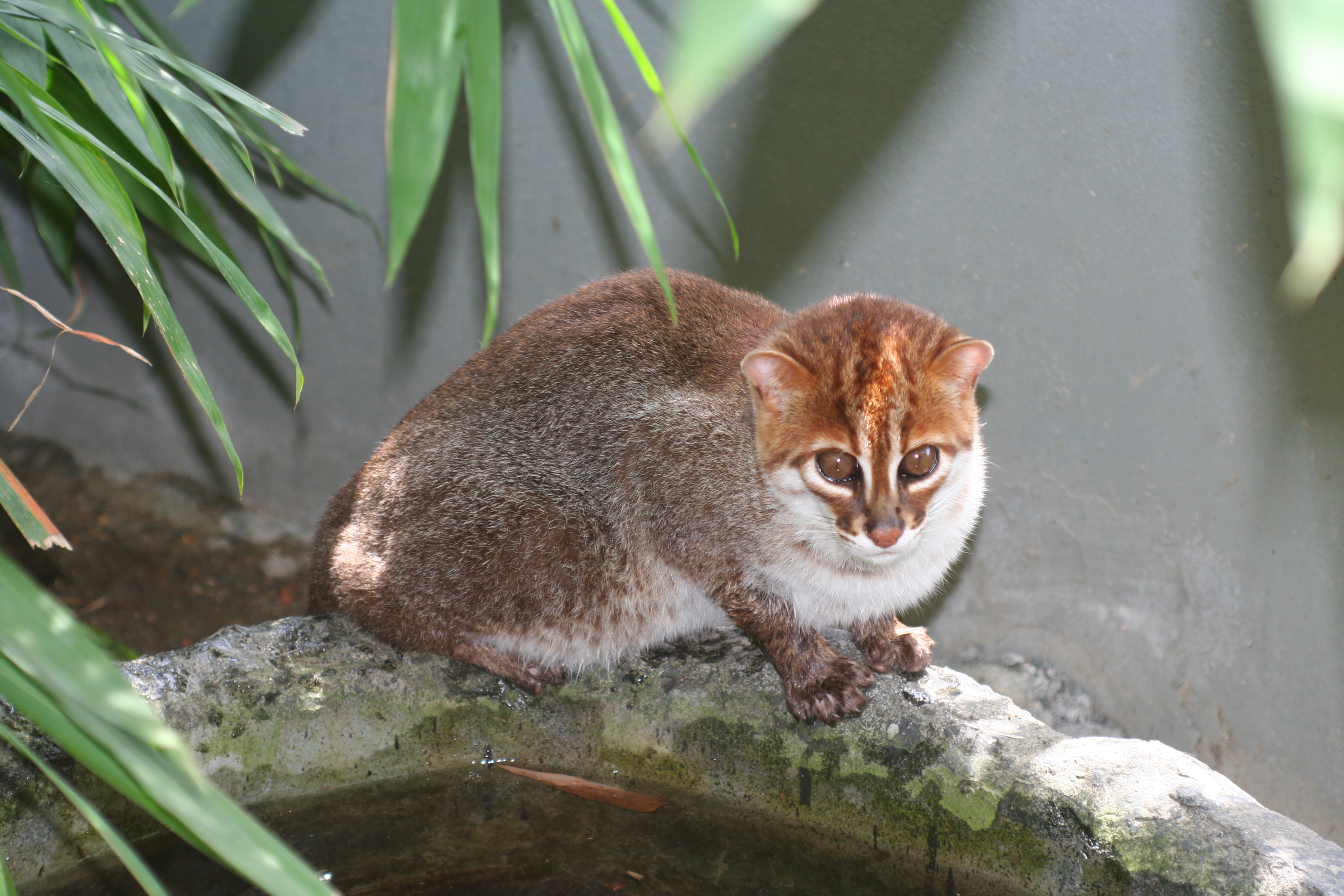 Image courtesy of Wikipedia.
Image courtesy of Wikipedia.
You'd be forgiven for thinking that this is a picture of a domestic/feral (native to the wild but descended from domestic animals) cat, seeing that they are of similar size. But the Flat-headed cat has webbed feet, loves water and also has a streamlined head – some believe this helps with swimming through swampy jungles. There is controversy on whether the animal actually lived in Singapore, but it is listed as 'Extinct' here.
Status: Extinct in Singapore
2. Malayan Tiger
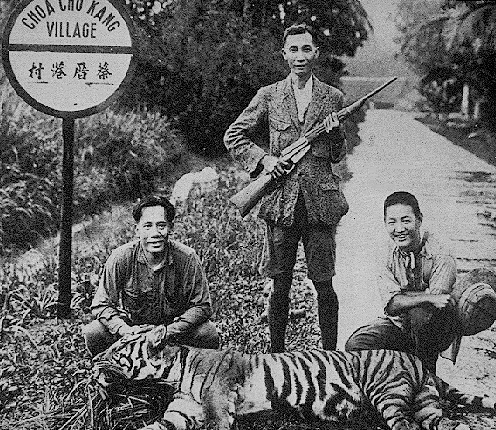 Image from here.
Image from here.
Singapore once played host to one of Mother Nature's premium killing machines. The Malayan Tiger was an apex predator capable of taking down creatures many times its size (including the mighty Asian elephant). Needless to say, livestock such as chickens and pigs were easy pickings for this giant feline, which also occasionally slew human beings.
Humans, being humans, struck back with extreme prejudice. Master hunters were brought in, traps were set, and rewards up to $100 (worth a lot more back in the day) were given for every dead tiger. As expected, claws and jaws proved no match for human ingenuity.
The last wild tiger, roaming in the Choa Chu Kang area, was put to the sword in the 1930s.
Status: Extinct in Singapore
3. Cream-coloured giant squirrel
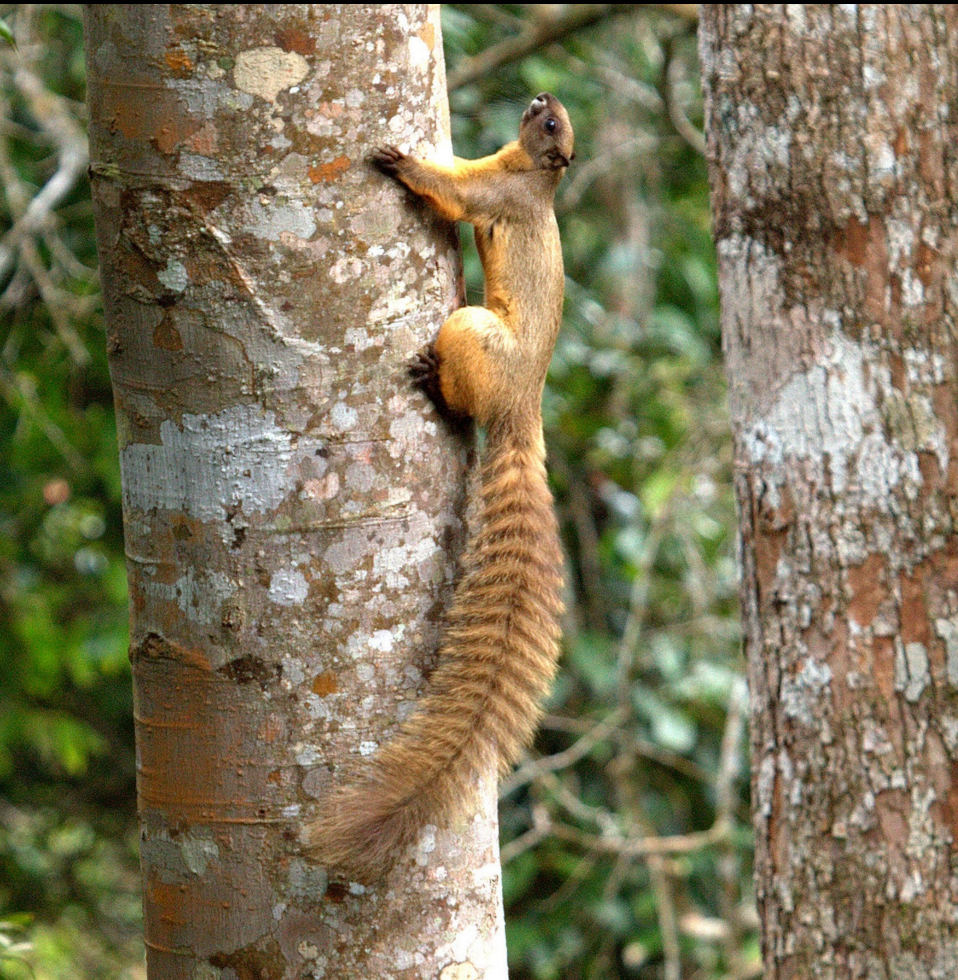 Image from here.
Image from here.
One of the largest squirrels in Southeast Asia, the cream-coloured squirrel is never, or rarely, seen on the ground. They can weigh between 929 g to 1.6 kg, and grow up to 35cm in length, excluding their 50cm tail. Up to the 1960s, this squirrel was a common sight and was captured for food and the pet trade. Today, it is believed only about 10 remain in the wild.
Status: Almost extinct in Singapore
4. Banded Leaf Monkey
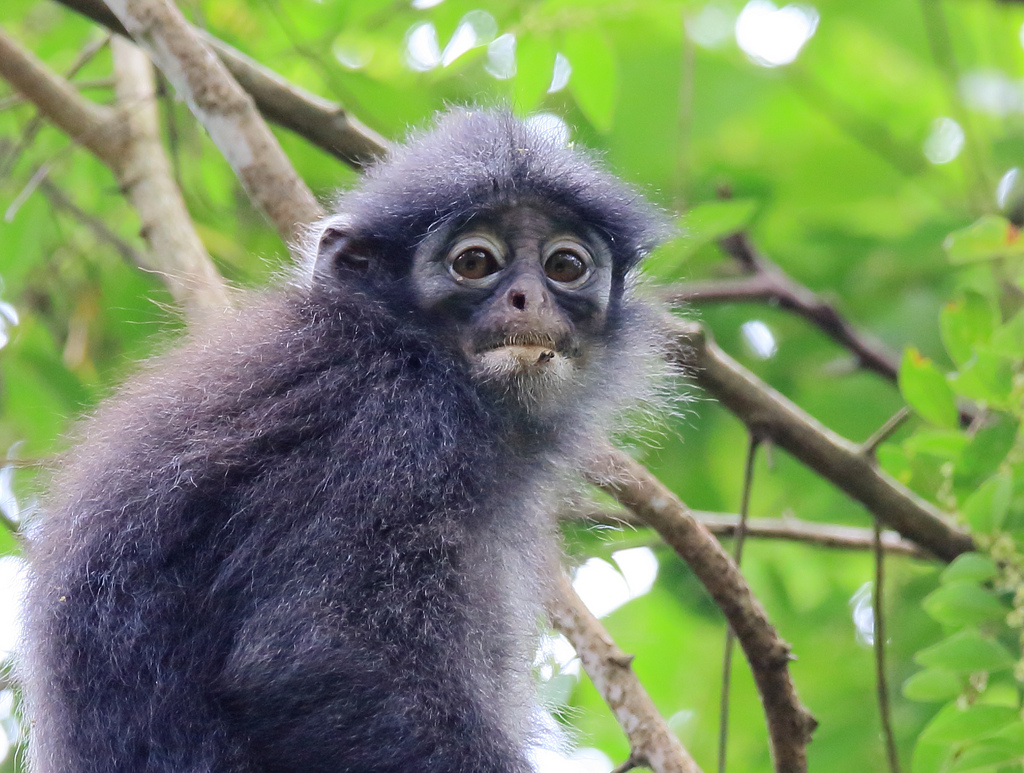 Image courtesy of NTU.
Image courtesy of NTU.
The Banded Leaf monkeys in Singapore are believed to be that of a unique subspecies – meaning that they're different from other Banded Leaf monkeys elsewhere. Unfortunately, the destruction of their homes has led to a tiny remaining population (an estimated 40 individuals).
If you ever visit the Lee Kong Chian Natural History museum, look out for the stuffed specimen on display. That particular one died after it was mauled by a pack of feral dogs.
Status: The population has increased over the past decade although it's unclear if this is sustainable due to its tiny gene pool.
PS: These were also hunted by humans for food.
5. Red Giant Flying Squirrel
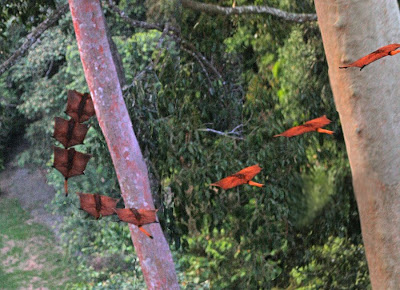 Image courtesy of here.
Image courtesy of here.
Arguably the closest thing we'll ever have to Batman, the Red Giant Squirrel can spread its limbs and glide between trees for distances of up to 75 metres. This critter was extremely common in the early 20th century when full-scale urbanisation had yet to take its toll on our jungles. Wild specimens were last seen in 1986.
Status: Critically Endangered in Singapore
6. Sunda Clouded Leopard
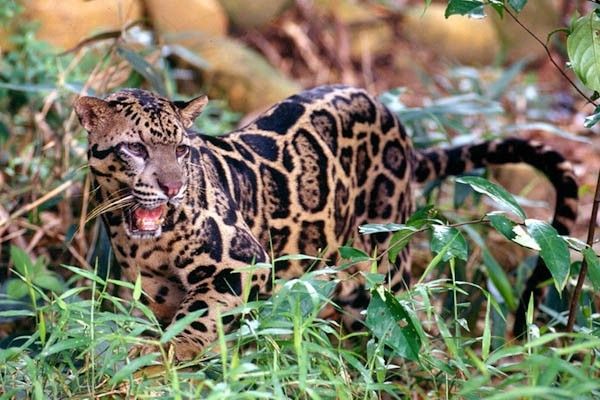 Image from here.
Image from here.
The Clouded Leopard's scientific name is Neofelis diardi and gets its name from the large splotches on its coat. It has the longest teeth of any living feline in proportion to their body size – a bane to even the most armoured of animals such as the porcupine and pangolin. There is some controversy on whether it actually lived in Singapore, but some there are some records of skins found here.
Status: Extinct in Singapore
7. IndoChinese Leopard
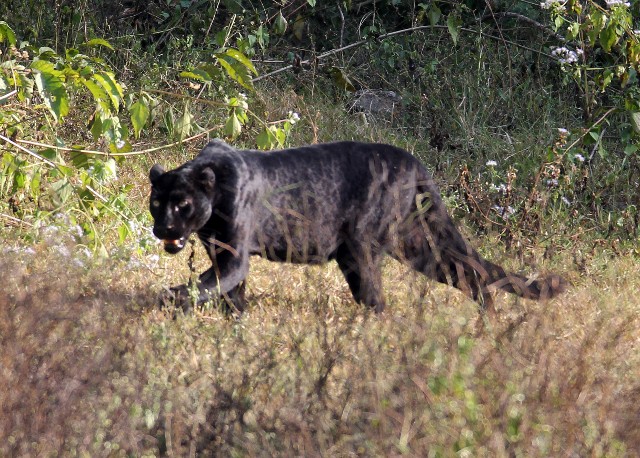 Image from here.
Image from here.
Yes, the stealthy leopard was once also found native to Singapore. Very little information about leopards in Singapore can be found online, but here's a fun fact: Leopards in Malaysia and Southern Thailand are often melanistic – which means they appear completely black. Given Malaysia's proximity to Singapore, that probably meant we used to have a couple of black panthers (panthers are just black leopards) running around back in the day — before we wrecked their habitat, that is.
Status: Extinct in Singapore
8. Malayan Tapir
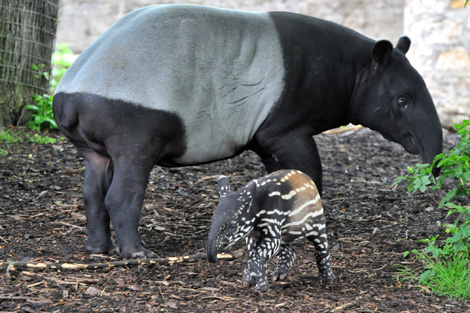 Image from here.
Image from here.
Apart from looking like an OCS cadet, the Malayan Tapir's strange colour scheme also serves as camouflage. To predators, the white and black portions of its body can look a large rock or trunk when the animal is sleeping at night. Tapirs are all raised by single mothers – the father plays no part in the child's upbringing. Irresponsible. Somebody call AWARE.
Status: Extinct in Singapore, although you can still see some at the zoo (and they do visit Pulau Ubin occasionally).
9. Barking Deer
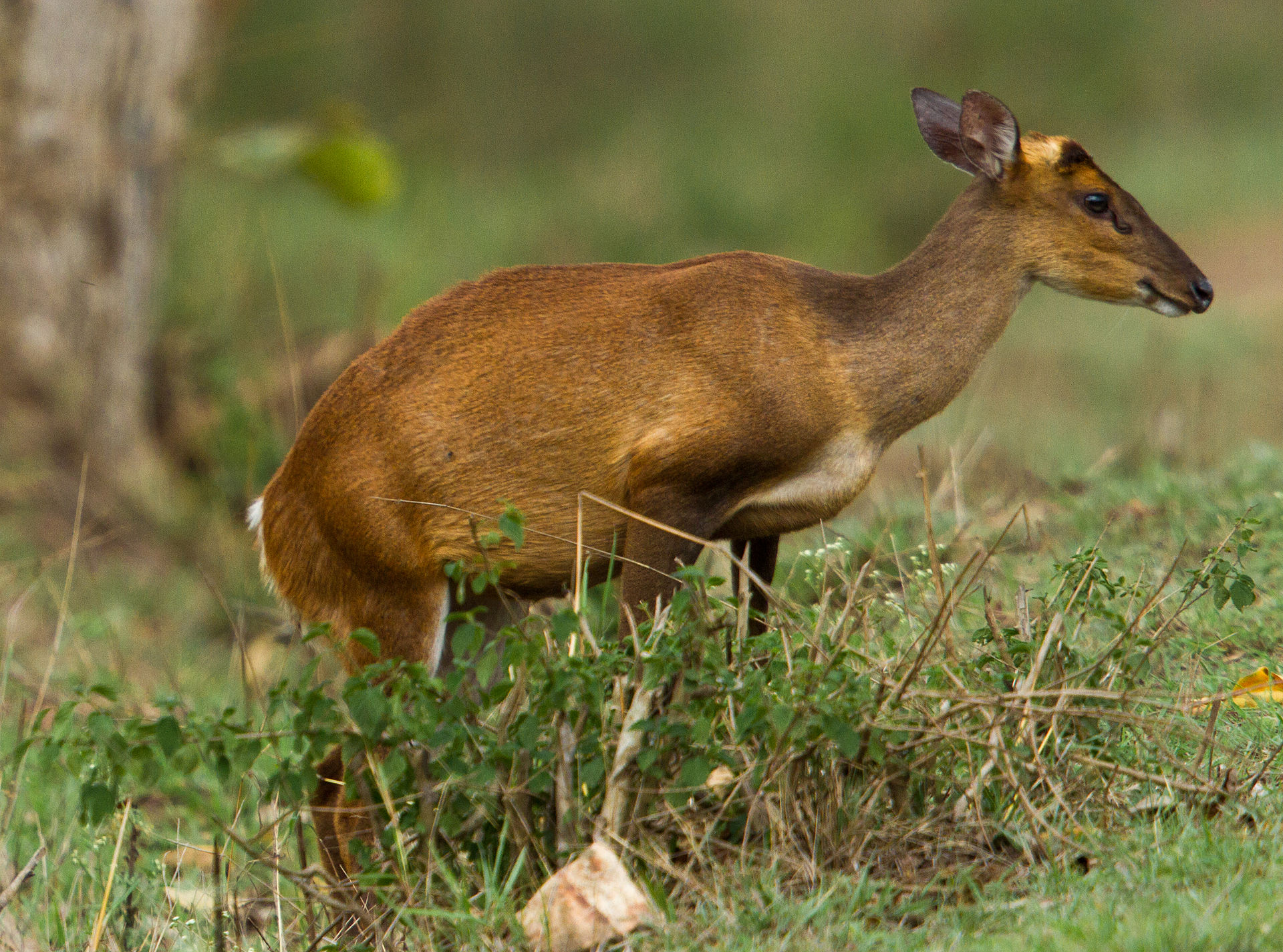 Image from here.
Image from here.
The Indian Muntjac, or barking deer, isn't your usual vegan Bambi. Not only does it bark like a dog, it also has two canine teeth that can be used to inflict painful wounds on would-be predators or rivals. As if that wasn't enough, it also has been known to eat the remains of other animals and hunt small vertebrates on the forest floor.
Status: Near extinct in Singapore
1o. Fawn Leaf-nosed bat
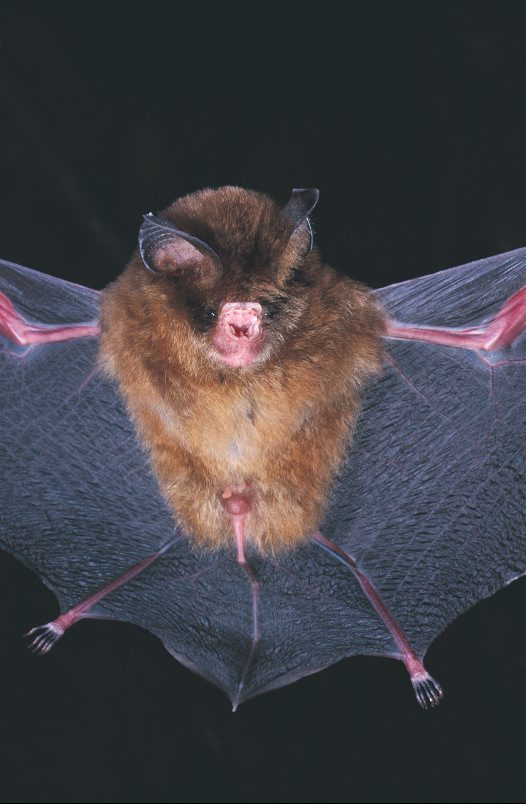 Image from here.
Image from here.
We're not sure where Fawn Leaf-nosed bats used to roost in Singapore, as the species stays in caves and old mines. This tiny creature weighs between 5.6-9g with a head to body length of 5 to 5.5cm. These nocturnal predators hunted in groups to catch unwary insects flitting about in the night.
Status: Recently rediscovered in Singapore, but still endangered
11. White-bellied Woodpecker
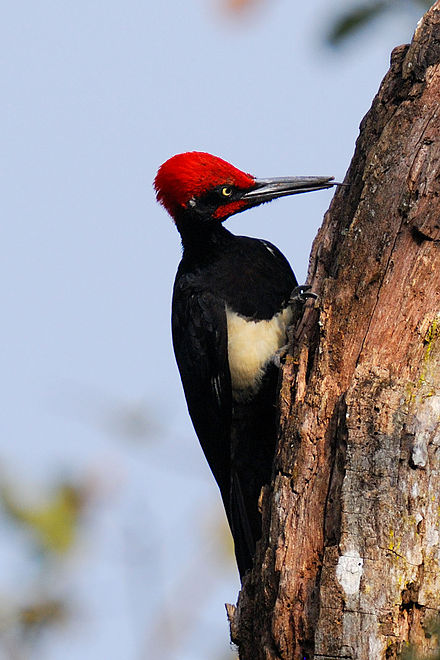 Image from here.
Image from here.
Among the largest of woodpeckers, the White-bellied woodpecker is rarely seen in Singapore, as it needs equally large areas of forests to thrive in. According to Singapore's Nature Society, the species was spotted at Bukit Brown in recent years, along with numerous other bird species.
Well, we do know what's planned for Bukit Brown. According to this TODAY article in September, construction of an eight-lane highway cutting through the area has already begun.
Status: Critically endangered in Singapore
12. Hundreds of butterflies
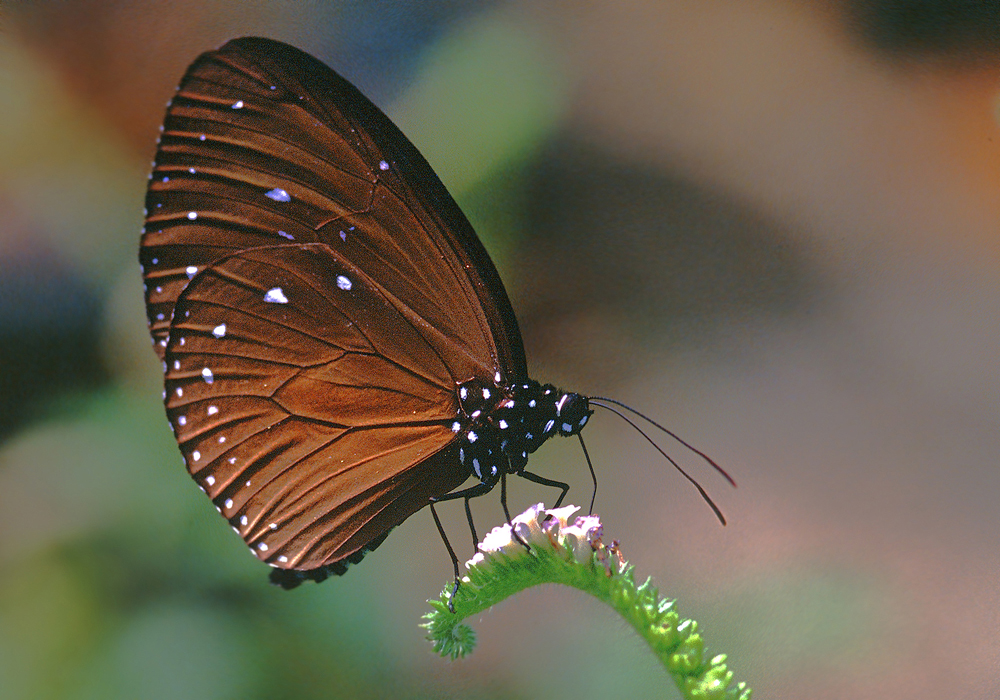 Image from NParks.
Image from NParks.
According to this Straits Times article, hundreds of butterfly species are believed to be extinct – 117 to be exact. That's down from 386 in the 1950s and 1980s. So what happened in between? The answer is habitat loss – large plots of land were cleared to make way for housing during Singapore's post-independence years.
In said article, butterfly expert Khew Sin Khoon explains:
Butterflies are tightly correlated with plants, and as Singapore developed, the habitats that they prefer may have been destroyed...
Status: Extinct in Singapore
What now?
We might not be able to bring back many of these species, but it's still not too late to save the other creatures that thrive in our wild areas, starting with doing our best to protect their habitats.
That's why nature groups are so concerned about the plan to build the Cross Island Line across MacRitchie Reservoir Park.
According to a press release by the Love Our MacRitchie Forest volunteer group, construction of this line will severely disrupt the habitats of wildlife living there. On one hand, the LTA has announced 'mitigating measures' that will allegedly minimize disruption. On the other, some nature lovers argue that seeing the Nature Reserve is protected land under the aegis of the Parks and Trees Act, the only acceptable impact is no impact at all.
How now, Singapore? Swanky new MRT line or the lives of beautiful critters that won't help you earn more money future generations can learn about and appreciate?
Perhaps we should choose wisely, seeing that the changes are irreversible, as rightly pointed out by a TODAY forum writer.
If you've something to contribute to the discussion, you can provide your feedback to LTA on its Environmental Impact Assessment (EIA) via email or phone (62957437). Alternatively, you can sign this petition. Here's a Facebook post that guides you on this:
Have no idea what EIAs are all about? Fret not! Here's a comprehensive infographic about EIAs, and how it will affect the Cross Island Line.Artist: Jacqueline Chua
Posted by Love Our Macritchie Forest on 15 February 2016
In case you'd like to do some further reading:
- June 19, 2013: The Cross-Island Line: why does it have to go through a Nature Reserve by Ivan Kwan
- July 18, 2013: Discussion and Position Paper – Cross Island Line by Nature Society (Singapore)
- February 5, 2016: LTA GAZETTES ENVIRONMENTAL IMPACT ASSESSMENT (PHASE 1) REPORT FOR CROSS ISLAND LINE by LTA (duh)
- February 16, 2016: Cross Island Line debate misses the elephant in the room by Christopher Tan
Top image is a collage of various images appearing in this article.
If you like what you read, follow us on Facebook and Twitter to get the latest updates.
If you like what you read, follow us on Facebook, Instagram, Twitter and Telegram to get the latest updates.
